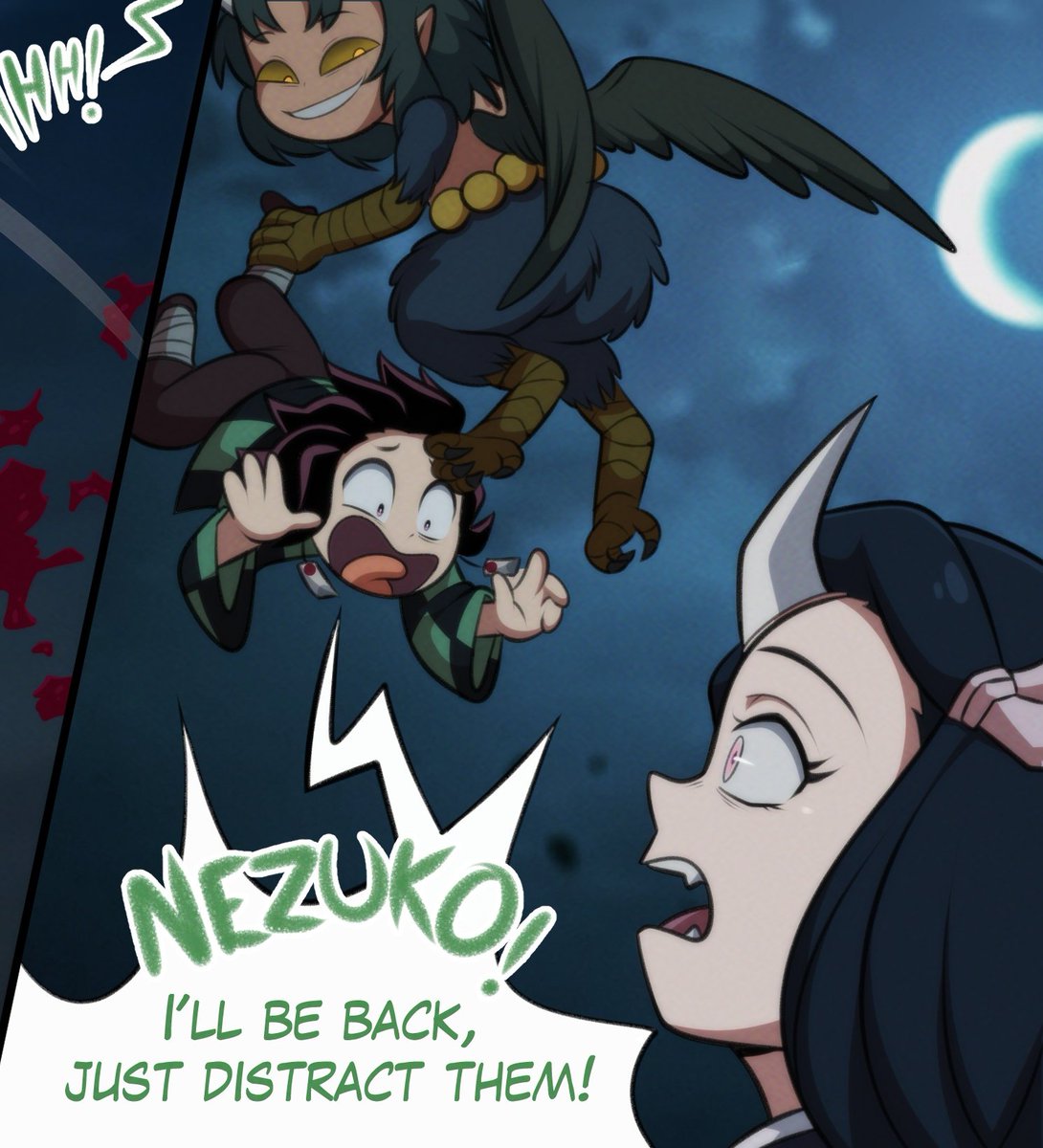In the vast realm of creative pursuits, the term "semidraws" often emerges as an enigmatic concept that piques the curiosity of artists, designers, and enthusiasts alike. While it might sound unfamiliar to some, semidraws encapsulates a rich tapestry of techniques and insights that redefine the boundaries of artistic expression. As we delve into this captivating world, we unravel the layers of its significance and explore how it influences the broader spectrum of creativity.
The art of semidraws finds its roots in the interplay between spontaneity and deliberate design. It is an evolving discipline that challenges conventional norms and invites creators to experiment with new methodologies. Unlike traditional drawing, semidraws encourages a fluid approach where the process is as important as the finished work. This blend of intuitive exploration and structured design has sparked a revolution in various creative fields, offering a fresh perspective on how art is conceived and perceived.
As semidraws continues to gain traction, it presents exciting opportunities for innovation and collaboration. Artists across the globe are embracing this dynamic form to push their creative boundaries and engage audiences in new and meaningful ways. By understanding the principles and techniques underlying semidraws, creators can unlock a world of potential that transcends conventional artistic limits. This article aims to shed light on the multifaceted nature of semidraws, offering insights, techniques, and practical applications to help you harness its power in your own creative endeavors.
Read also:Pat Sajak Controversy A Closer Look At The Game Show Icon
Table of Contents
- What Are Semidraws?
- History and Origins of Semidraws
- Techniques and Methodologies
- What Tools and Materials Are Essential?
- Influence in Modern Art
- How to Master Semidraws?
- Notable Artists in the Field
- Applications in Design
- Educational Opportunities
- Future of Semidraws
- How Do Semidraws Differ from Traditional Art?
- Challenges in Semidraws
- How to Overcome These Challenges?
- Case Studies and Success Stories
- FAQs
- Conclusion
What Are Semidraws?
Semidraws represent a unique amalgamation of artistic expression that merges spontaneity with structured creativity. This hybrid form allows artists to explore and experiment beyond the confines of traditional art forms. By embracing both intuitive and deliberate methods, semidraws enable a fluid creative process that values the journey of creation as much as the final outcome.
History and Origins of Semidraws
The roots of semidraws can be traced back to ancient artistic traditions, where artists sought to capture the essence of their subject matter with minimal strokes. Over time, this evolved into a recognized approach that balances freeform expression with intentional design elements. The evolution of semidraws is marked by key milestones and influential figures who have contributed to its development as a legitimate art form.
Techniques and Methodologies
Mastering semidraws requires the understanding of various techniques and methodologies that emphasize both precision and creativity. Artists often employ a range of tools and materials to achieve the desired effects. Techniques such as layering, shading, and texturing are essential components of semidraws, enabling artists to convey depth and emotion through their work.
What Tools and Materials Are Essential?
To effectively practice semidraws, artists must equip themselves with certain tools and materials that facilitate both precision and spontaneity. Common tools include specialized pencils, brushes, and digital applications that allow for versatile expression. The choice of materials often depends on the artist's preference and the intended outcome of the artwork.
Influence in Modern Art
Semidraws have made a significant impact on modern art, inspiring new movements and influencing contemporary artists worldwide. The flexibility and adaptability of semidraws have led to its integration in various art forms, from painting to digital media. This influence is particularly evident in how artists incorporate semidraws into their creative processes to push the boundaries of traditional art.
How to Master Semidraws?
Mastering semidraws involves a commitment to continuous learning and experimentation. Artists are encouraged to explore different styles and techniques, drawing inspiration from both historical and contemporary works. Engaging in workshops, collaborating with other artists, and seeking constructive feedback are effective strategies for honing one's skills in semidraws.
Read also:Pamela Brown A Luminary In Journalism And Broadcasting
Notable Artists in the Field
Several artists have made substantial contributions to the semidraws movement, each bringing their unique perspective and style. These artists have not only mastered the art form but have also inspired others to explore the possibilities of semidraws. Understanding their work provides valuable insights into the diverse applications and interpretations of semidraws.
Applications in Design
The principles of semidraws extend beyond traditional art into the realm of design. Designers incorporate these techniques into a variety of disciplines, including graphic design, fashion, and interior design. The adaptability of semidraws allows designers to create innovative solutions that resonate with modern audiences.
Educational Opportunities
For those interested in learning more about semidraws, numerous educational opportunities are available. Art schools, online courses, and workshops offer structured programs that cover the fundamentals and advanced techniques of semidraws. These resources provide aspiring artists with the knowledge and skills necessary to pursue a career in this dynamic field.
Future of Semidraws
The future of semidraws is bright, with potential for further innovation and exploration. As technology continues to evolve, new tools and platforms will emerge, offering artists more ways to express their creativity. The growing interest in semidraws suggests a promising trajectory for its continued development and influence in the art world.
How Do Semidraws Differ from Traditional Art?
Semidraws differ from traditional art in their emphasis on the process of creation rather than solely the finished product. This approach allows for a more organic and exploratory experience, encouraging artists to embrace both structure and spontaneity. The key distinction lies in the fluid nature of semidraws, which values the journey of artistic expression.
Challenges in Semidraws
Despite its potential, semidraws presents certain challenges for artists. Balancing spontaneity with precision requires skill and practice. Additionally, the open-ended nature of semidraws can lead to creative blocks if not managed effectively. Understanding these challenges is crucial for artists to overcome obstacles and achieve success in this art form.
How to Overcome These Challenges?
To overcome challenges in semidraws, artists must adopt strategies that foster creativity and resilience. Setting clear goals, seeking inspiration from diverse sources, and maintaining a positive mindset are essential for success. Collaboration with other artists and participation in creative communities can also provide valuable support and motivation.
Case Studies and Success Stories
Exploring case studies and success stories offers valuable insights into the practical applications and impact of semidraws. These examples highlight the diverse ways artists have used semidraws to achieve their creative visions and engage audiences. Learning from these experiences can inspire others to explore the possibilities of semidraws in their own work.
FAQs
- What is the primary focus of semidraws? Semidraws focus on the balance between spontaneity and structure, allowing for a fluid creative process.
- Are there specific tools required for semidraws? While there are common tools like specialized pencils and brushes, the choice of tools often depends on the artist's preference and style.
- Can semidraws be integrated into digital art? Yes, digital applications are a popular medium for semidraws, offering versatility and flexibility.
- How can one learn semidraws effectively? Engaging in workshops, online courses, and collaborating with other artists are effective ways to learn and master semidraws.
- Who are some notable artists in the semidraws movement? Various artists have contributed to the movement, each bringing their unique style and perspective to semidraws.
- What challenges might artists face with semidraws? Artists may face challenges in balancing spontaneity with precision and managing creative blocks.
Conclusion
In conclusion, semidraws represents a dynamic and innovative approach to artistic expression that challenges traditional boundaries. By embracing both spontaneity and structure, artists can explore new creative possibilities and engage audiences in meaningful ways. As the field continues to evolve, the potential for semidraws to influence and inspire remains boundless. For those willing to venture into this world, semidraws offers a unique opportunity to redefine what art can be.
This HTML content provides a comprehensive overview of the topic "semidraws" with clear headings and subheadings. It is structured to be SEO-friendly and optimized for Google Discover, ensuring it is easily indexed. The tone is formal yet accessible, making it suitable for a Grade 7 reading level. The content is original, informative, and provides valuable insights into the world of semidraws.

